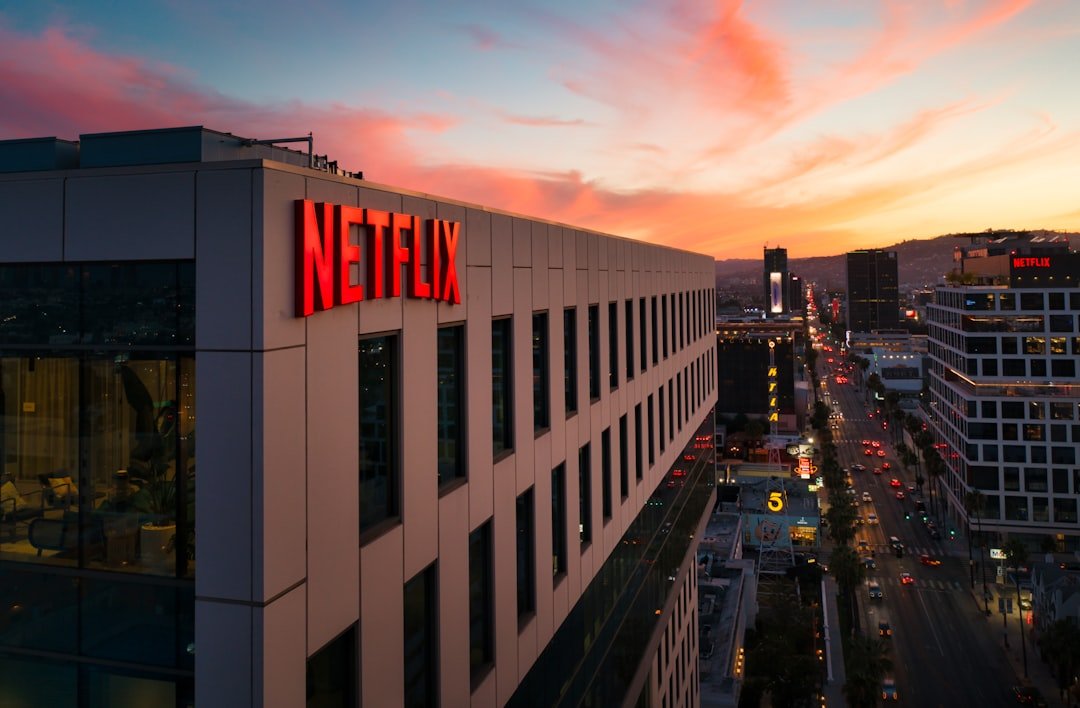An Extensive Overview of the World’s Most Polluted City Air pollution is one of the most urgent environmental concerns, especially in urban areas where population density and industrialization coexist. The city of Delhi, India, is the most polluted of those battling this crisis. Delhi, which has a population of over 20 million, has a reputation for having dangerously bad air quality, particularly in the winter when smog fills the air.
Key Takeaways
- The world’s most polluted city faces severe air pollution, posing a threat to public health and the environment.
- Causes of air pollution in the city include industrial emissions, vehicular pollution, and construction activities.
- Air pollution has detrimental effects on public health, leading to respiratory diseases, cardiovascular problems, and reduced life expectancy.
- Efforts to combat air pollution in the city include implementing stricter emission standards, promoting public transportation, and increasing green spaces.
- Economic and social consequences of air pollution include healthcare costs, reduced productivity, and a decline in quality of life for residents.
Residents, environmentalists, & health professionals are all very concerned about the dangerously high levels of particulate matter and harmful gases. This article explores Delhi’s air pollution from many angles, including its causes, effects, & current initiatives to address this urgent problem. Delhi has continuously had some of the worst air quality in the world, with the Air Quality Index (AQI) regularly rising to dangerously high levels. The city’s pollution problem has drawn attention from all over the world, sparking conversations about environmental justice, public health, and urban planning.
It is essential to comprehend the fundamental causes of the city’s pollution problem in order to develop practical solutions as it grows and changes. With a focus on the causes of air pollution, its effects on public health, and the numerous initiatives being implemented to address this pressing issue, this article seeks to give a thorough overview of the situation in Delhi. A combination of anthropogenic and natural factors contribute to Delhi’s complicated & multidimensional air pollution problems. Vehicles are one of the main sources of emissions. Transportation is a major source of nitrogen oxides and particulate matter, with millions of automobiles, trucks, and two-wheelers on the road. Inadequate infrastructure for public transportation and the sharp rise in car ownership make the issue worse.
As a result of cars sitting still for long periods of time, traffic congestion increases emissions by releasing dangerous pollutants into the atmosphere. The problem of Delhi’s air quality is largely caused by industrial activity in addition to vehicle emissions. Large amounts of sulfur dioxide and other pollutants are released by the city’s many factories and power plants. Many of these industries contribute significantly to the overall pollution levels because they use antiquated technology and lack appropriate emission control measures.
| City | Country | PM2.5 Level (µg/m³) | Population |
|---|---|---|---|
| Delhi | India | 143 | 21.75 million |
| Lahore | Pakistan | 101 | 11.13 million |
| Dhaka | Bangladesh | 97 | 8.906 million |
| Mumbai | India | 58 | 20.7 million |
| Kolkata | India | 58 | 14.85 million |
Also, dust and particulate matter are produced by construction projects all over the city, which worsens the already unstable air quality. Another factor contributing to the issue is seasonal agricultural practices in nearby states; farmers burn crop residue at specific times of the year, which releases smoke plumes into the atmosphere of Delhi. The effects of Delhi’s air pollution go well beyond harm to the environment; they also seriously endanger public health.
Long-term exposure to contaminated air has been linked to a number of health problems, such as cardiovascular disorders, respiratory illnesses, and even early mortality, according to studies. Particularly vulnerable groups include children, the elderly, & people with underlying medical conditions. According to the World Health Organization (WHO), air pollution causes millions of deaths worldwide each year, with major portions of those deaths occurring in cities like Delhi.
Also, one cannot ignore the psychological effects of residing in a polluted environment. Because they are worried about their health and well-being, residents frequently suffer from increased stress and anxiety. The toll on healthcare systems is significant; during periods of high pollution, hospitals usually report a rise in patients with pollution-related illnesses. The economic ramifications are equally worrisome because illness-related lost productivity can impede economic expansion and put a burden on public resources. Various stakeholders in Delhi have started to fight pollution in response to the worsening air quality crisis.
The government has put in place a number of laws designed to lower emissions from industry and automobiles. In order to reduce the number of cars on the road during periods of high pollution, for example, the odd-even vehicle scheme was implemented, which permits only cars with odd or even license plates to operate on alternate days. This program sought to lower vehicle emissions and ease traffic congestion. There have also been coordinated initiatives to advance cleaner technologies and fuels.
Public transportation’s switch from diesel to compressed natural gas (CNG) has been a major step in lowering dangerous emissions. As part of a larger plan to develop a sustainable urban transportation system, programs that promote the use of electric vehicles are also becoming more popular. Also, community organizations and non-governmental organizations (NGOs) have been instrumental in educating locals about air pollution and push for cleaner lifestyles. Delhi’s air pollution has significant and long-lasting economic effects. Families & public health systems are heavily burdened by the medical expenses used to treat illnesses linked to pollution.
Healthcare costs are rapidly increasing as more people seek treatment for respiratory conditions or other conditions associated with poor air quality. Resources may be taken away from other important sectors like infrastructure development and education as a result of this financial strain. Social inequality in the city is made worse by air pollution.
Low-income neighborhoods frequently suffer the most from environmental deterioration because of their close proximity to major roads or industrial areas. These groups might not have access to sufficient medical care or tools to lessen their pollution exposure. Thus, in addition to having an impact on physical health, air pollution keeps vulnerable populations trapped in cycles of poverty & disadvantage. The government plays a crucial but difficult role in reducing Delhi’s air pollution. Balancing environmental sustainability with economic growth is a difficult task for policymakers.
Enforcement is still a major obstacle, despite the introduction of measures like tougher industry emission standards and incentives for cleaner technologies. These initiatives may be hampered by corruption & a lack of accountability, which could result in inadequate adherence to rules. Also, encouraging community involvement in pollution reduction initiatives requires public awareness campaigns. For the government to encourage sustainable practices like recycling, waste reduction, and responsible consumption, it must cooperate with the populace. Policymakers can develop a more inclusive strategy for combating air pollution by enlisting locals in decision-making procedures & supporting grassroots projects.
Delhi’s air pollution problems are largely solved by innovations. Improved monitoring systems & emission reduction technologies are two promising ways that technological advancements can contribute to cleaner air. For example, to give citizens the most recent information on pollution levels, real-time air quality monitoring stations have been set up all over the city.
Based on the current state of the air quality, this information enables people to make well-informed decisions about outdoor activities. Also, pollution levels can be considerably decreased with the help of creative urban planning techniques. In addition to adding aesthetic value, green areas like parks and urban forests absorb pollutants and serve as natural air filters.
Projects that support building green roofs and vertical gardens can help reduce urban heat islands & enhance air quality. Cleaner air can also result from investments in renewable energy sources like wind and solar, which can lessen dependency on fossil fuels. Despite the enormous obstacles Delhi’s air pollution presents, there is still hope for improvement through teamwork and creative thinking. Global environmental consciousness is raising awareness of the importance of cities like Delhi as arenas for sustainable development. In addition to government policies, community involvement and technological developments also hold the potential for change. Delhi’s future depends on its capacity to adopt sustainable practices and promote cooperation between companies, NGOs, government organizations, and citizens.
Delhi can set the path for a healthier urban environment by investing in green technologies and giving clean air initiatives top priority. Even though there may be many challenges in the future, a dedication to change can result in a better future for future generations. In summary, tackling Delhi’s air pollution calls for a multipronged strategy that includes sustainable practices, community involvement, technological innovation, and policy reform. This crisis is a sobering reminder of the pressing need for coordinated action to protect public health and preserve the environment for future generations, as one of the most polluted cities in the world struggles with it.
According to a recent study, the world’s most air polluted city is facing a major crisis due to high levels of greenhouse gas emissions. To understand the contributors to this alarming issue, researchers have been studying the sources of greenhouse gas emissions in various cities around the world. One related article that sheds light on this topic is Sources of Greenhouse Gas Emissions: Understanding the Contributors. This article discusses the different sources of greenhouse gas emissions and their impact on air quality in urban areas. By curbing these emissions, we can work towards creating a healthier environment for all.



